When your AC unit starts acting up, the knee-jerk reaction is to reset it to see if it solves the issue. However, this can be a hassle, especially if your unit is relatively new.
So, how do you locate the button and reset your Carrier Aircon? How do you do it without the button? We have researched to find out the answers.
Carrier air conditioners usually have a reset button that you can press if you want to reboot the unit. Here is how you can reset it using the button:
- Look under the digital display of the unit. There, you will be able to find a control panel with the small "Reset" button.
- Press and hold for 3 seconds, then release. If it does not work, hold for another 3 seconds.
- Wait for a flash of light to appear.
- Wait for a few seconds and observe if this solves the technical issue.
If your Carrier unit does not have a reset button, or if you are unable to locate it, simply turn off the AC's power source. Turn it on again after a few seconds. This should reboot the unit.
Minor technical problems should be solved easily. However, there's no harm in being alert to these instances. If these problems keep persisting, there may be other factors at play that need to be addressed immediately. Keep reading below to learn more about properly diagnosing your AC unit!
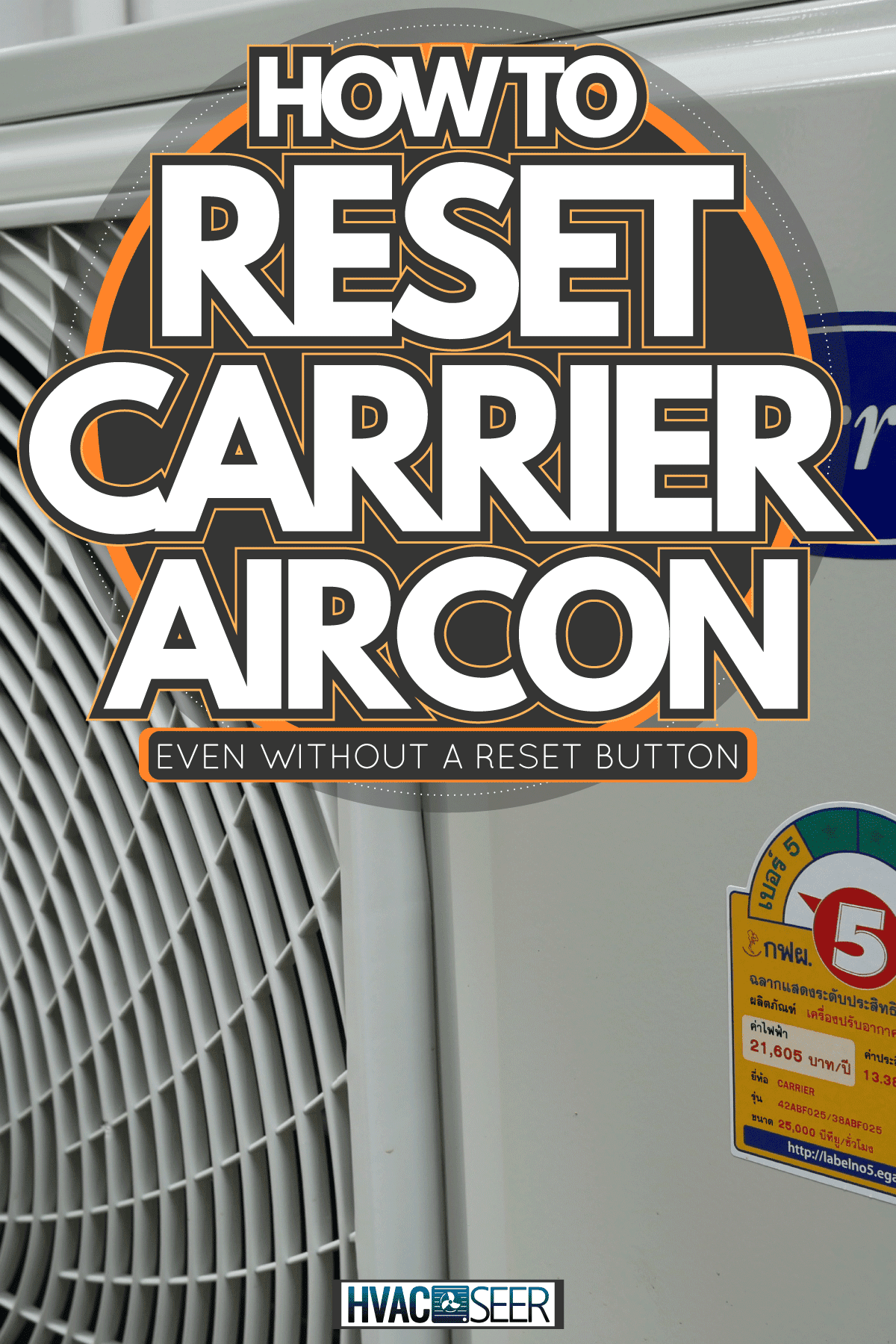
Why is the Carrier AC not working properly?
If you need to constantly reset your AC unit, it may be time to inspect possible culprits. Getting to the main cause as to why your unit is not working properly is important to maintain energy efficiency and indoor air quality.
Read: "Air Conditioner Turns On And Off Repeatedly."
Power Issues
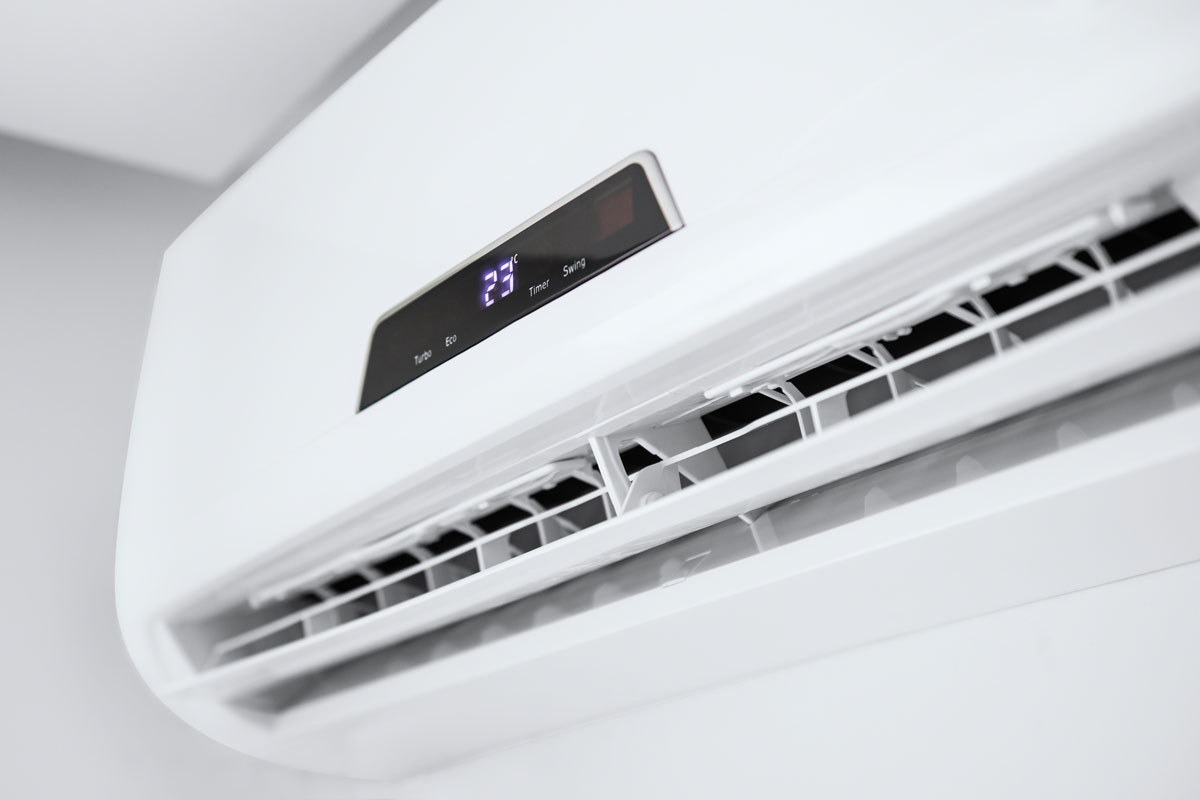
Check your circuit breaker to see if anything is amiss. If everything looks fine, the problem might be the unit's wiring. If this is the case, it may be time to contact a professional since it is not safe to handle wiring by yourself.
Dirty Air Filter
The unit is unlikely to perform well if the filters are clogged with dirt and gunk. It may have been overworked since it needed to exert more force to get your house to an ideal temperature.
Dirt and grime prevent cooled air from being expelled inside your home, making your AC unit ineffective. It is important to keep your filters clean if you want your Carrier unit to last a long time.
Not Enough Refrigerant
If your AC is blowing hot air, simple resetting may not work. This issue can indicate that your unit is low on refrigerant, which means the low pressure in the system causes the temperature to drop and freeze the liquid lines.
If your liquid lines are freezing, it means there wasn't enough fluid to expel cool air into your home.
Faulty Motor
Fans will not work properly if your fan motor is not functioning properly. If you've noticed that the unit is starting to stutter, your first reaction will be to reset it. However, the problem may not be as easily solved.
Some causes may be that the fan blades are not working, or the motor may have overheated.
Broken Compressor
Some small issues may indicate a more serious problem. A problem with the compressor needs immediate attention since it is essentially the most important part of the unit.
If your unit is refusing to turn on, or if it turns on and off again, simple resets won't do the trick. You may need to call a professional to get a proper diagnosis. In extreme cases, the entire unit will need to be replaced if the compressor becomes damaged.
What are the problems air conditioners encounter?
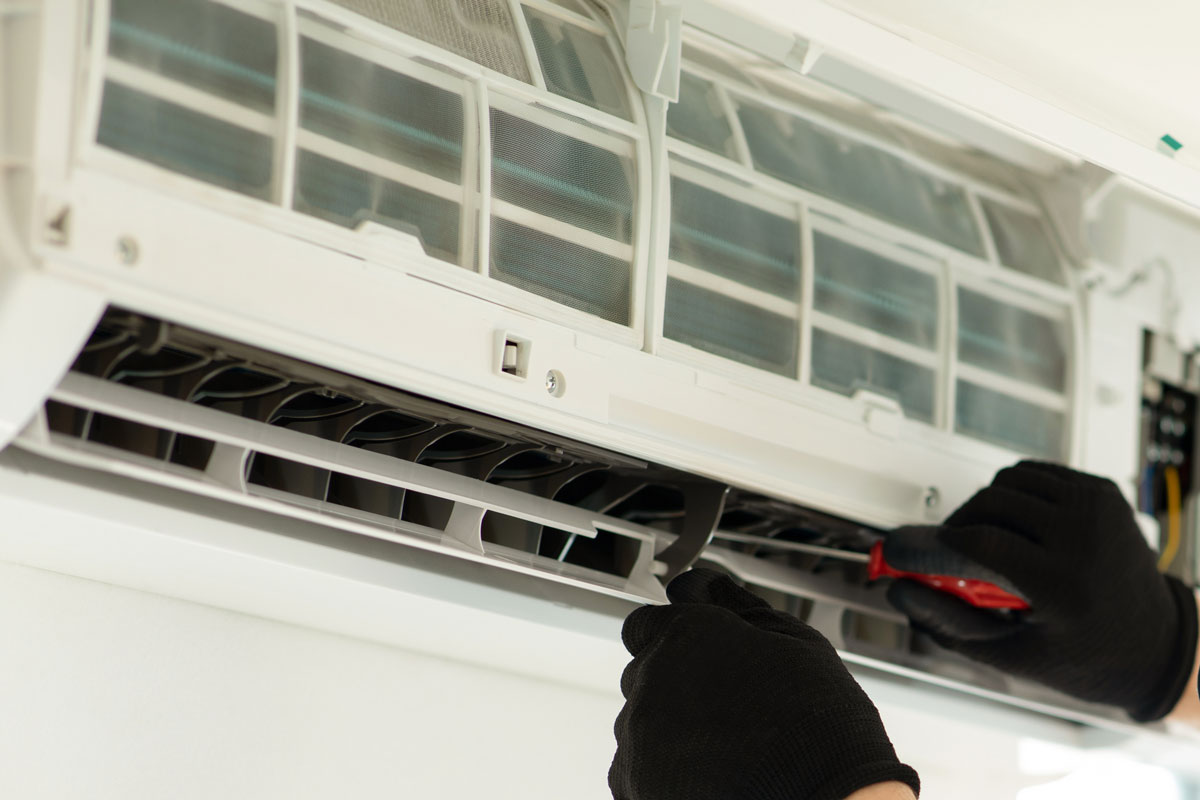
Minor problems can often be solved by resetting your device. However, it is still wise to pay attention to your HVAC system's efficiency. Here are the issues that can cause you to adjust your settings for an improved indoor climate.
Temperature Issues
Your AC may not be cooling enough or cooling too much. This does not immediately mean there is a major technical problem; the thermostat may only need adjusting.
You can also check if there is a broken window or door that is compromising your insulation. You can also try resetting the unit to see if it will solve the issue.
High Electricity Bills
Recent models of Carrier Air conditioners are supposed to have superb energy-efficient properties. If you notice your utility bills increasing, there may be something wrong.
Try to check if your thermostats are working properly or if your filters are clean. These two are often the culprit for higher electric bills, so it would save some time to check them first.
Excessive Condensate
A sweating duct could be a sign that your AC is producing too much condensation, causing the air inside to be too dry. Your AC should only expel about 5-20 gallons of condensate on an average day.
It is also important to check if your air handler is draining the condensate properly. Mold and bacteria can grow on the moisture, further damaging your unit's health.
One reason your AC may be producing too much condensate is clogging. To solve this, you only need to:
- Prepare a 1/3-cup of vinegar
- Pour it on the condensate line
- Clean it with a vacuum
- repeat every 1-3 months
Strange Rattling Noises
Pay attention to strange noises from your unit as they can indicate an underlying problem--major or minor.
If resetting your unit won't work with this issue, there may be a problem with the motor, the air conditioner belt, or the compressor. If this persists, call a professional HVAC technician.
How long should you wait before turning on the AC?
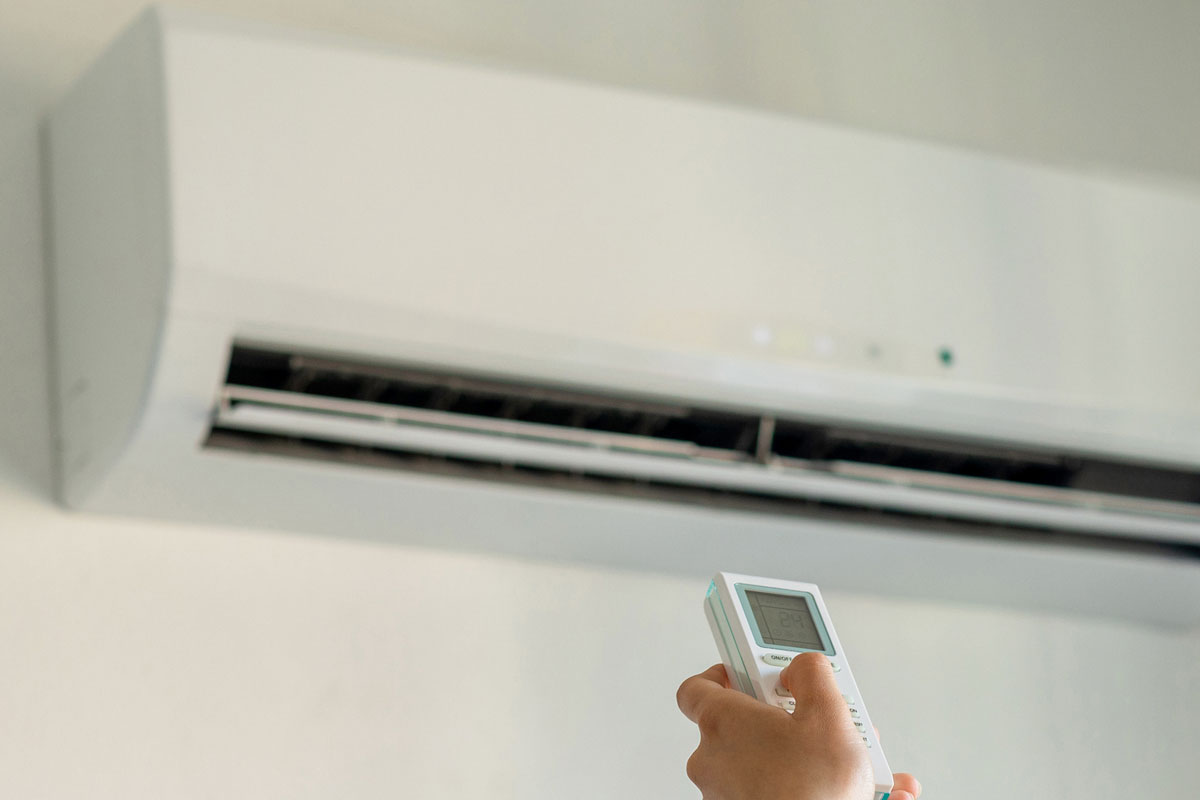
You need to know the right time to switch your AC unit back on under different circumstances. This will ensure that the power does not get shocked by the surge.
Here are the things you need to remember before turning on your AC.
Read: "How Long To Wait Before Turning On A New Air Conditioner?"
After Cleaning
While there is no strict number to follow, it is recommended to let your AC sit until it is fully dried. This may take from 15 minutes to a full 24 hours, depending on the weather.
After A Power Outage
If there was a power outage, it is best to wait for 30 minutes before turning your unit back on. The circuit will need time to adjust to the surge of power, and powering it back on may cause accidental damage.
Remember to turn off the thermostat and the circuit breaker during a power outage. This will make it easier for your appliances to handle the surge when power is back.
After Mounting To A Different Location
There are certain rules you need to follow when transferring your AC from a vehicle to the new location:
- Do not tip the unit sideways to avoid water from spilling out inside.
- Drain the excess water outside.
- Place the unit upright in the vehicle as to not damage the compressor and circuitry.
- Leave it unplugged for 24 hours before using it.
Inverter AC Or Non-Inverter AC?
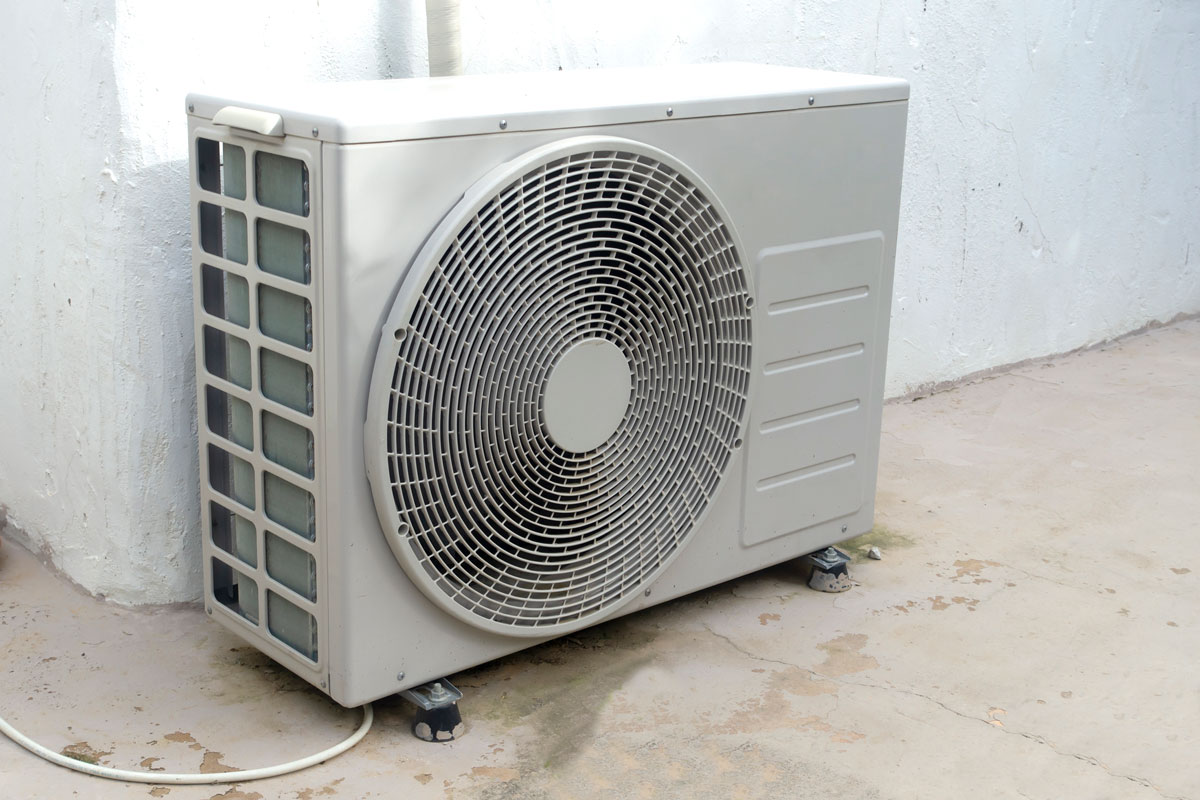
When it comes to energy efficiency, inverter air conditioners are your best choice. They have a controlled compressor that stops harnessing more energy once it has set the room at an ideal temperature.
Inverter AC Pros
Inverter air conditioners consume less power, which means lower utility costs. They can maintain a constant temperature for a longer time due to a controlled compressor.
They are also more effective at cooling your space than non-inverter units since they can accommodate bigger room sizes. You can also enjoy the cool temperature without any humming noise, which is common with non-inverter units.
Inverter AC Cons
One catch of these units is their purchasing costs. Inverter ACs can be more expensive because of their use of advanced technology, which may be a dealbreaker for some.
Non-Inverter AC Pros
Recent models of non-inverter ACs now have energy-saving mechanisms which significantly lowers the energy consumed by the unit. It can still save you some utility costs, although not as much as inverter units.
Non-inverter ACs also come at a lower purchasing cost. This is ideal if the space you are planning to cool is small and would not consume too much energy.
Non-Inverter AC Cons
Non-inverter ACs do not have a default compressor, which means the power will keep fluctuating throughout the cycle. There will be more chances for the utility bills to shoot up, although this may be solved with a better insulation system.
Non-inverter units also produce a humming noise and are prone to having a shorter life span.
Final Thoughts
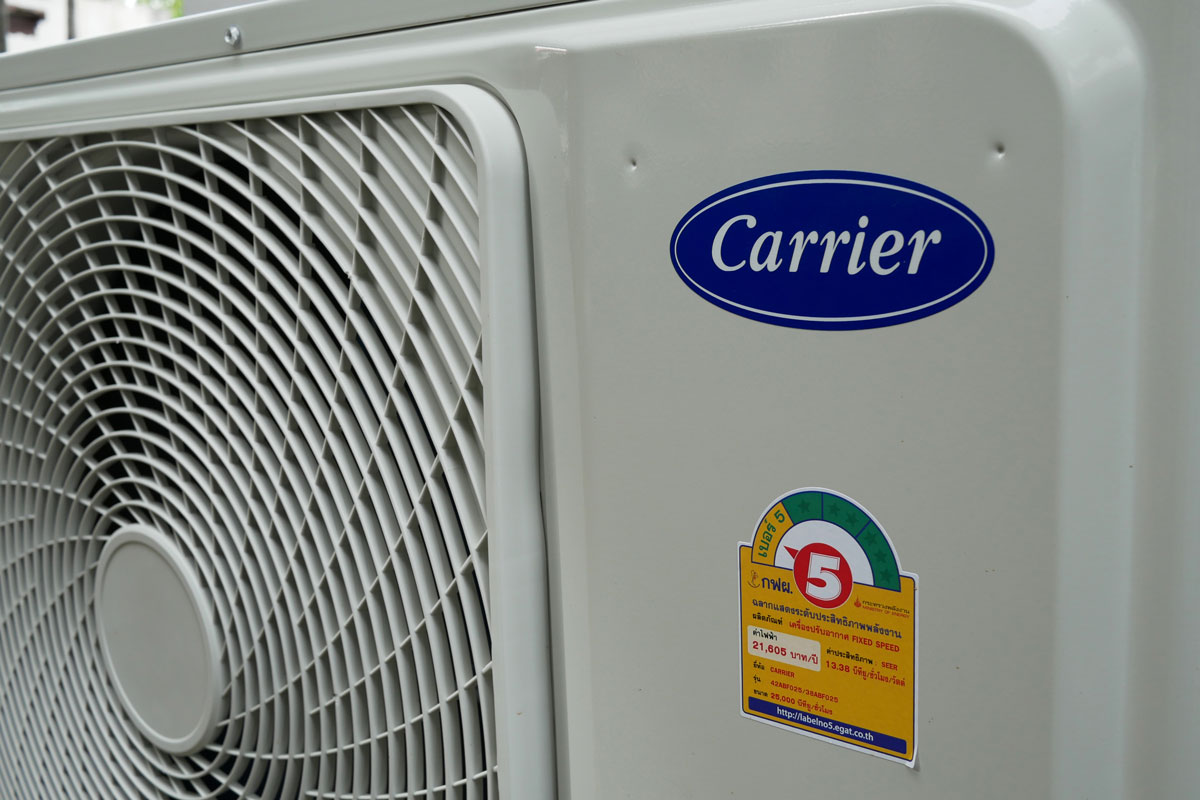
Resetting your AC can solve minor problems, but regular inspection of the unit is always more advisable. As with any HVAC appliance, make sure to maintain it well to keep it performing at peak condition.
